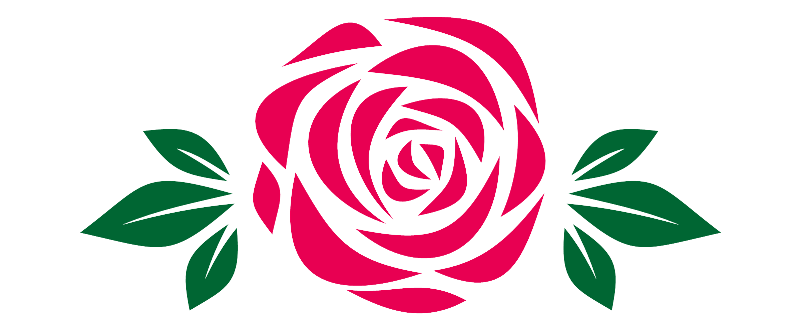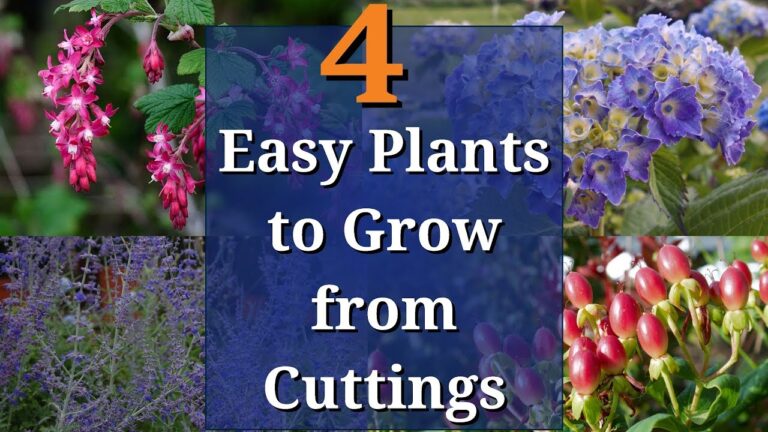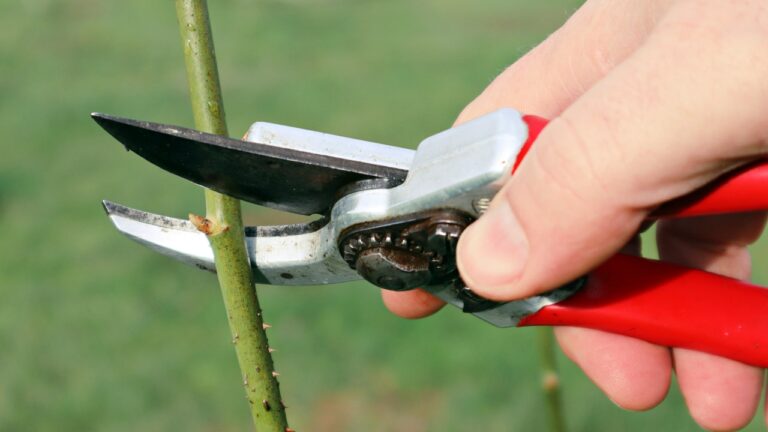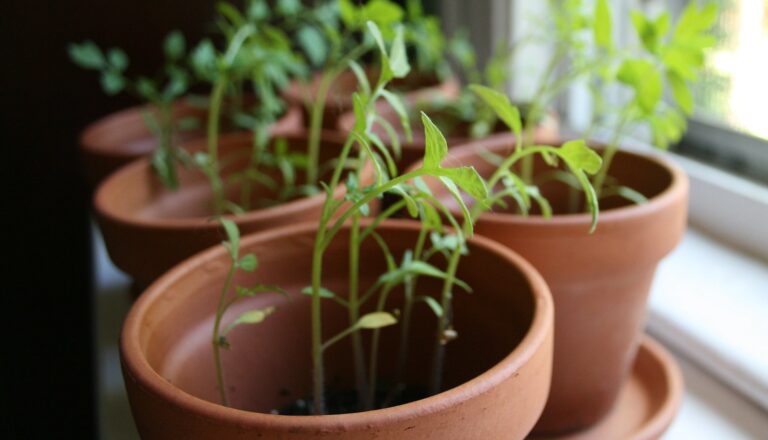You’re not freaked out by “bugs” in the garden – because you know a balanced population of insects is the secret to a healthy garden.
There are all sorts of plants you can include in your garden to support the health of bees, butterflies, and other garden helpers. In general, any increase in plant diversity is helpful – but I’ve prepared a list of plants that can “fill the gaps” in feeding and supporting the beneficials. To round-out your insect-friendly garden plan, choose some from each of these 6 groups:
1) The early-season heroes, like Candytuft
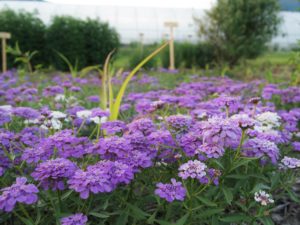
Late winter and early spring can be tough times for your garden helpers. Gardeners who provide early-season blooming flowers give the good guys a head-start against the inevitable population explosion of garden pests. Candytuft (Iberis umbellata, the annual type, is pictured above) is a member of the mustard family, which also include such early-season flowers as wallflowers (Erysimum), Rock cress (Aubrieta), and Basket-of-gold (Alyssum). Supplement your early season bloomers with some of these:
- Siberian bugloss (Brunnera)
- Lungwort (Pulmonaria)
- Species roses (Rosa hugonis or Rosa spinosissima, for example)
- Creeping phlox
- Lenten rose (Helleborus)
- Pigsqueak (Bergenia) and yes, I just like to say “Pigsqueak”
2) Wide-open flowers for bees, like Echinacea
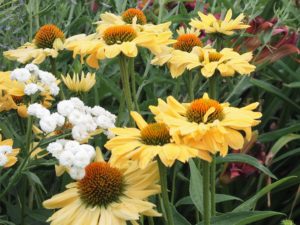
Hard-working and adaptable as they are, there are some flowers that bees can’t feed on because they have too many petals or a difficult bloom form. To support these pollinators, look for wide-open and easy to access flowers, like the ones on this list:
- Shasta daisies (Leucanthemum)
- Single-flowering roses like ‘Darlow’s Enigma’ or ‘Ballerina’
- Borage
- Joe-pye weed (Eupatorium)
- Lenten rose (Helleborus)
- Pincushion flower (Scabiosa)
3. High-nectar plants for butterflies, like milkweed
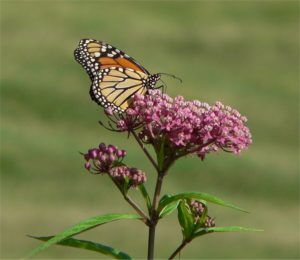
Butterflies can feed on many of the flowers that bees are attracted to, so if you’re already planning on some bee-supporting flowers, you’re well on your way to helping butterflies too. In addition to the ones listed above, butterflies look for nectar in plants with tubular flowers, like garden sage (Salvia). Here are some other plants that butterflies frequent:
- Butterfly bush (Buddliea)
- Goldenrod (Solidago)
- Gayfeather (Liatris)
- Root-beer plant (Agastache)
- False-indigo (Baptisia)
- Verbena
4) Tiny flowers for tiny insects, like Queen Anne’s Lace
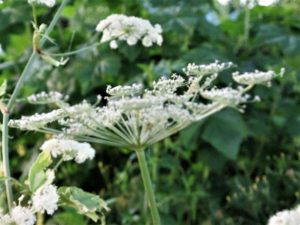
Don’t forget about the little guys – the little Aphidius wasp and hoverflies that do so much to control aphids are particularly attracted the tiny flowers of members of the carrot family – but other plant from different families are equally useful. Some of the easiest and most attractive garden plants are in this group:
- Yarrow (Achillea)
- Fennel (Foeniculum)
- Lobelia
- Poached-egg plant (Limnanthes)
- Statice (Limonium)
- Sweet cicely (Myrrhis)
5) The designated victims, like nasturtium
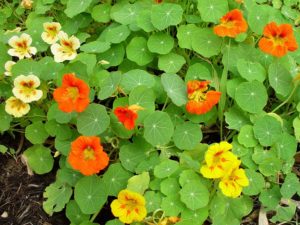
The idea behind a “trap crop” is to give early pest outbreaks a place to happen in your garden – on your terms – on a plant that you’ve grown for that purpose. My roses are never the first place I notice aphids. They appear on my nasturtiums and lupins first. This gives their natural enemies a chance to build up their population and bring things into balance before the outbreak reaches my favored plants. In this way, the trap crops also become banker plants for beneficial insects. Other plants often planted as trap crops are:
- Beans (for spider mites, aphids and thrips)
- Eggplant (for whitefly)
- Lupins (for aphids)
- Shasta daisy (for thrips)
- Dill (for aphids)
6) Winter insect habitat, like hedging cedar
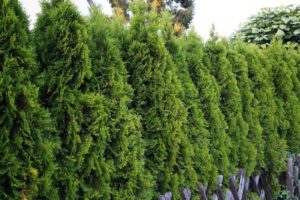
Believe it or not, even the common hedging cedar can play an important role in balancing insect populations. Researchers found that conifers like spruce and cedar maintain high levels of predatory mites through the winter. Even dormant plants can be a safe haven for overwintering beneficials, so don’t be so quick to tidy up and cut down your perennials. Here are some other overwintering havens you can provide:
- Evergreen viburnum or other broadleaf evergreens
- Tall wild grass or ornamental grasses (unpruned)
- A wood pile or stump or other fallen branches
- Roses with hips left on
- Fallen leaves (left in place in the garden)
Make small improvements, and then fill the gaps…
It’s tempting, but maybe unrealistic, to make a planting plan that covers all these functions for the entire year – and gets it right the first time. My suggestion is to start with some multi-function plants – like Joe-pye weed or yarrow – and then observe to see what’s still missing. Is there a time your garden lacks flowers? Where and when are the pest outbreaks happening? With these observations, you can add plants to fill the gaps for upcoming years.
